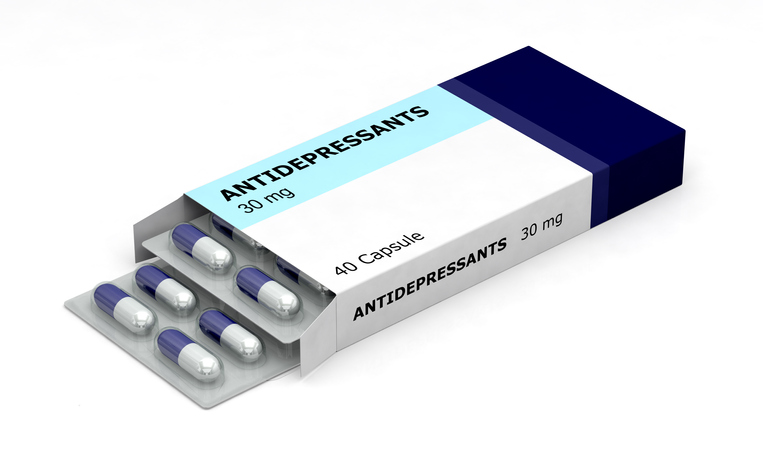Treatments
Benefits and Risks of Trigger Point Injections
Source: National Center for Biotechnology Information: U.S. National Library of Medicine: National Institutes of Health, National Center for Biotechnology Information: U.S. National Library of Medicine: National Institutes of Health, National Center for Biotechnology Information: U.S. National Library of Medicine: National Institutes of Health, Cleveland Clinic, Medscape

1 person found this helpful
Print
Share
Save
What are trigger point injections?
Trigger points are painful “knots” — hard, palpable nodules — that can form in muscles. They are sore or painful when pressed. Trigger points develop when a muscle is unable to relax. A trigger point injection (TPI) involves injecting a local anesthetic or saline into the trigger point to decrease pain. The injection may also contain a corticosteroid.
Benefits of trigger point injections
Typically, trigger point injections only take a few minutes to complete and several can be done during one physician’s appointment. Benefits of trigger point injections include the following:
- Pain relief
Trigger point injections help relieve pain caused by various conditions, which include myofascial pain syndrome, fibromyalgia, and headaches. When pain relief is adequate, improvement in mood and mobility may occur. - Can be used with other treatments
Trigger point injections are often one component of a blended approach to treating certain chronic pain conditions. They are generally safe to use alone, and also with other forms of physical therapies and medications. - Low risk of adverse side effects
The chance of having a negative effect from a trigger point injection is low. Less than 0.05% of adverse side effects are reported.
Risks of trigger point injections
Although trigger point injections are normally safe, individuals may experience temporary numbness and soreness at the injection site. Other risks include the following:
- Hematoma formation or bleeding
- Skin infection at injection site
- Bruising
- Muscle weakness
- Nerve damage
- Blood vessel injury
- Pneumothorax (collapsed lung) (rare)
- Allergic reaction or systemic toxicity from anesthesia
- Needle breakage
- Fainting
- Pain


















